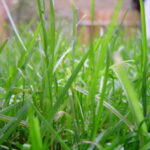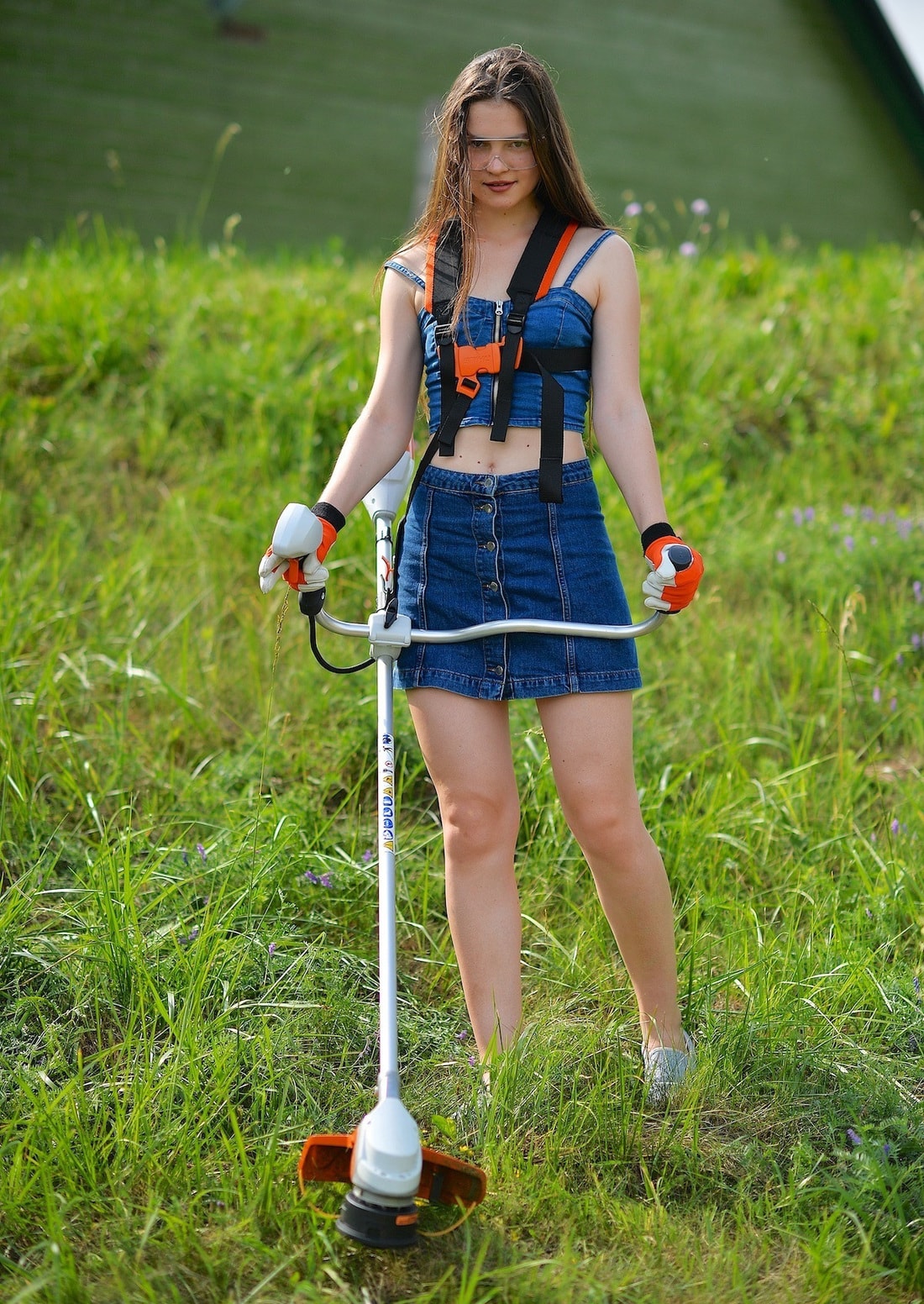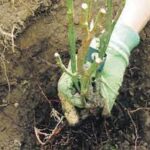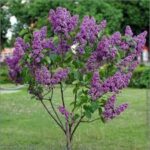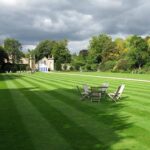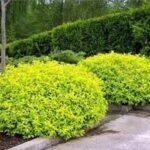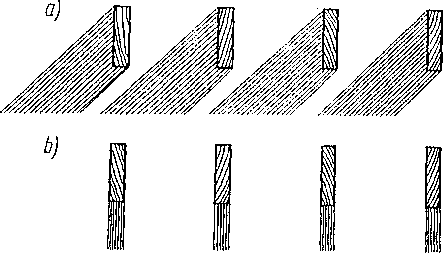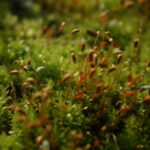TRAWNIK W MIEJSCU WYPOCZYNKU.
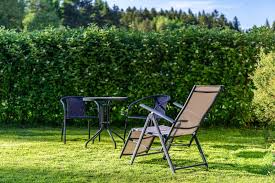 Trawnik jest tak ważnym elementem wypoczynkowej części działki jak wolna przestrzeń w mieszkaniu. Jest to zwykle trawnik bardzo niewielki, ale dzięki niemu można się tam czuć naprawdę swobodnie i lepiej wypoczywać. Ponadto na jego tle kwiaty i krzewy dekoracyjne wyglądają znacznie ładniej. Naturalnie powinien to być trawnik nie tylko do ozdoby, lecz i taki, po którym można chodzić, na którym rozkłada się koc, leżaki itp. bez obawy o jego zniszczenie.
Trawnik jest tak ważnym elementem wypoczynkowej części działki jak wolna przestrzeń w mieszkaniu. Jest to zwykle trawnik bardzo niewielki, ale dzięki niemu można się tam czuć naprawdę swobodnie i lepiej wypoczywać. Ponadto na jego tle kwiaty i krzewy dekoracyjne wyglądają znacznie ładniej. Naturalnie powinien to być trawnik nie tylko do ozdoby, lecz i taki, po którym można chodzić, na którym rozkłada się koc, leżaki itp. bez obawy o jego zniszczenie.
Trawnik można zakładać w dwóch terminach — przez kwiecień do połowy maja lub przez sierpień do połowy września. Ten drugi termin jest lepszy głównie dlatego, że wiosną na działce trzeba się przede wszystkim zająć roślinami użytkowymi.
Glebę pod trawnik przygotowuje się tak jak pod inne rośliny trwałe. Nie dajmy się zasugerować twierdzeniem niedoświadczonych amatorów, uważających, że trawa rośnie sama i to byle gdzie. Glebę trzeba użyźnić dość obficie i w swoich planach uwzględnić staranne podlewanie i koszenie, gdyż tylko wtedy trawnik będzie trwałym zielonym dywanem.
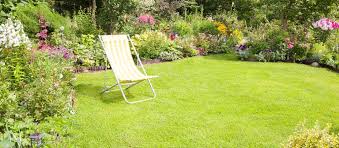 Nasiona traw można obecnie nabyć bez trudności, choć jeszcze jest zbyt mały wybór. Najczęściej w handlu znajdzie się standardowa „mieszanka trawnikowa”, jednak warto sprzedawcę poinformować, czy chodzi o założenie trawnika w miejscu widnym, czy zacienionym, czy ma on być głównie ozdobą, czy stanowić jednocześnie miejsce wypoczynku. Do założenie tego ostatniego szczególnie nadaje się mieszanka stosowana do obsiewania lotnisk i terenów sportowych. Zamiast mieszanki można stosować trawę jednego gatunku, np. kostrzewę czerwoną, która szczególnie nadaje się na słabsze gleby i nieźle znosi deptanie, wiechlinę łąkową albo lepiej kostrzewę nitkowatą, która ma delikatne źdźbła i doskonale pasuje do małych powierzchni działek, a przy tym szczególnie nadaje się do zakładania trawników, na których zamierzamy tworzyć grupy z roślin cebulkowych. Popularną trawą jest życica trwała (rajgras angielski), gdyż rośnie szybko i w 4—6 tygodni po wysiewie daje już efektowny trawnik, jednak — wbrew nazwie — jest nietrwała i w drugim-trzecim roku zaczyna zanikać.
Nasiona traw można obecnie nabyć bez trudności, choć jeszcze jest zbyt mały wybór. Najczęściej w handlu znajdzie się standardowa „mieszanka trawnikowa”, jednak warto sprzedawcę poinformować, czy chodzi o założenie trawnika w miejscu widnym, czy zacienionym, czy ma on być głównie ozdobą, czy stanowić jednocześnie miejsce wypoczynku. Do założenie tego ostatniego szczególnie nadaje się mieszanka stosowana do obsiewania lotnisk i terenów sportowych. Zamiast mieszanki można stosować trawę jednego gatunku, np. kostrzewę czerwoną, która szczególnie nadaje się na słabsze gleby i nieźle znosi deptanie, wiechlinę łąkową albo lepiej kostrzewę nitkowatą, która ma delikatne źdźbła i doskonale pasuje do małych powierzchni działek, a przy tym szczególnie nadaje się do zakładania trawników, na których zamierzamy tworzyć grupy z roślin cebulkowych. Popularną trawą jest życica trwała (rajgras angielski), gdyż rośnie szybko i w 4—6 tygodni po wysiewie daje już efektowny trawnik, jednak — wbrew nazwie — jest nietrwała i w drugim-trzecim roku zaczyna zanikać.
Na 10 m² powierzchni wysiewa się 300—500 g nasion. Powinny one znaleźć się w glebie wilgotnej i pulchnej, a więc tuż przed siewem trzeba ją zagrabić. Aby nasiona były równomiernie rozrzucone, warto całą powierzchnię podzielić na kilka prostokątów i całą ilość nasion podzielić na tyleż porcji, a następnie obsiać kolejno każdy z nich.
Po wysianiu nasion glebę lekko hakuje się grabiami. Hakowanie polega na tym, że zębami grabi lekko uderza się w ziemię, podrywa jej cienkie warstwy i odwraca na nasiona. Następnie całą powierzchnię trzeba uklepać deseczką albo specjalnym ubijakiem lub przedeptać po uprzednim przytwierdzeniu do butów dość szerokich deseczek. Jeżeli w najbliższych dniach jest sucho, zasiewy trzeba podlać, jednak robiąc to bardzo ostrożnie, aby nie spłukać nasion. Najlepiej w tym wypadku użyć konewki z drobnym sitkiem, choć jest to pracochłonne. Po świeżo obsianym trawniku nie wolno chodzić, gdyż utworzyłyby się zagłębienia nie do usunięcia. W razie konieczności można położyć w miejscu, po którym musimy przejść możliwie szeroką, lecz nie grubą deskę.
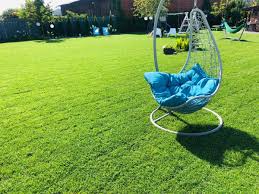 Nasiona powinny wzejść po 7—14 dniach. Młody trawnik jest szczególnie wrażliwy na suszę, toteż trzeba go podlewać bardzo regularnie tak, aby ziemia była stale wilgotna. Strumień wody przy podlewaniu wężem powinien być drobnokroplisty i delikatny. Jeszcze lepiej korzystać z przenośnej deszczowni obrotowej (są już do nabycia).
Nasiona powinny wzejść po 7—14 dniach. Młody trawnik jest szczególnie wrażliwy na suszę, toteż trzeba go podlewać bardzo regularnie tak, aby ziemia była stale wilgotna. Strumień wody przy podlewaniu wężem powinien być drobnokroplisty i delikatny. Jeszcze lepiej korzystać z przenośnej deszczowni obrotowej (są już do nabycia).
Pierwszy raz kosi się trawnik, gdy trawa osiągnie wysokość 5—10 cm. Kosa lub kosiarka powinna być szczególnie ostra, aby nie wyrywała wątłych jeszcze źdźbeł.
Później w okresie silnego wzrostu trzeba trawnik kosić co 10 dni, a w drugiej połowie lata co 2—3 tygodnie.
Konieczne jest też nawożenie; zaleca się stosowanie wiosną saletry w ilości 200 g na 10 m², a jesienią — mieszanki Mikro w ilości 500 g na 10 m².
Wygląd trawnika zależy też od starannego odchwaszczania; nie jest ono trudne, gdyż chwasty jednoroczne giną przy częstym koszeniu, natomiast trzeba wycinać długim nożem, możliwie najgłębiej, mniszek lekarski (tzw. mlecz albo dmuchawiec), ostrożeń (oset), babkę i inne chwasty trwałe.



